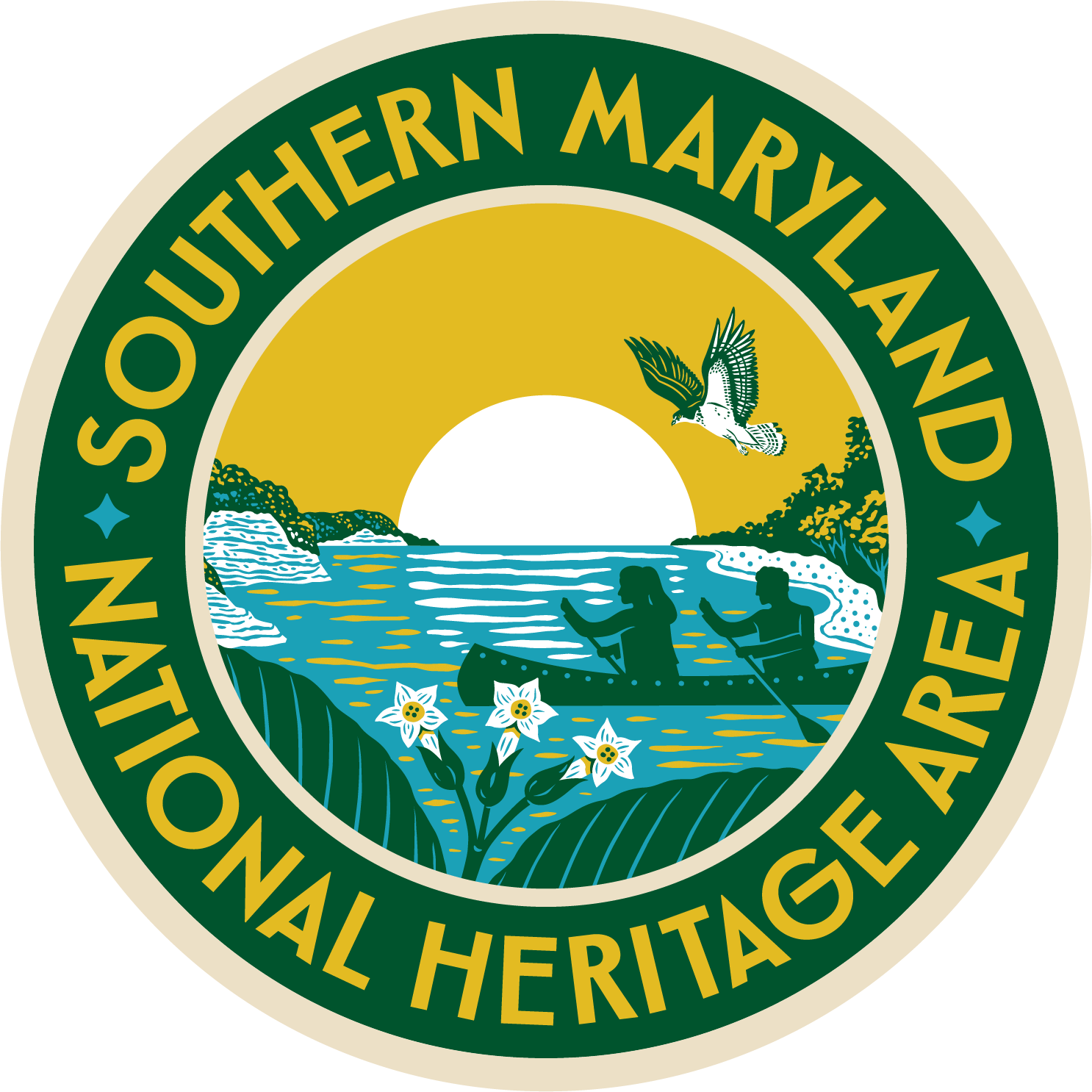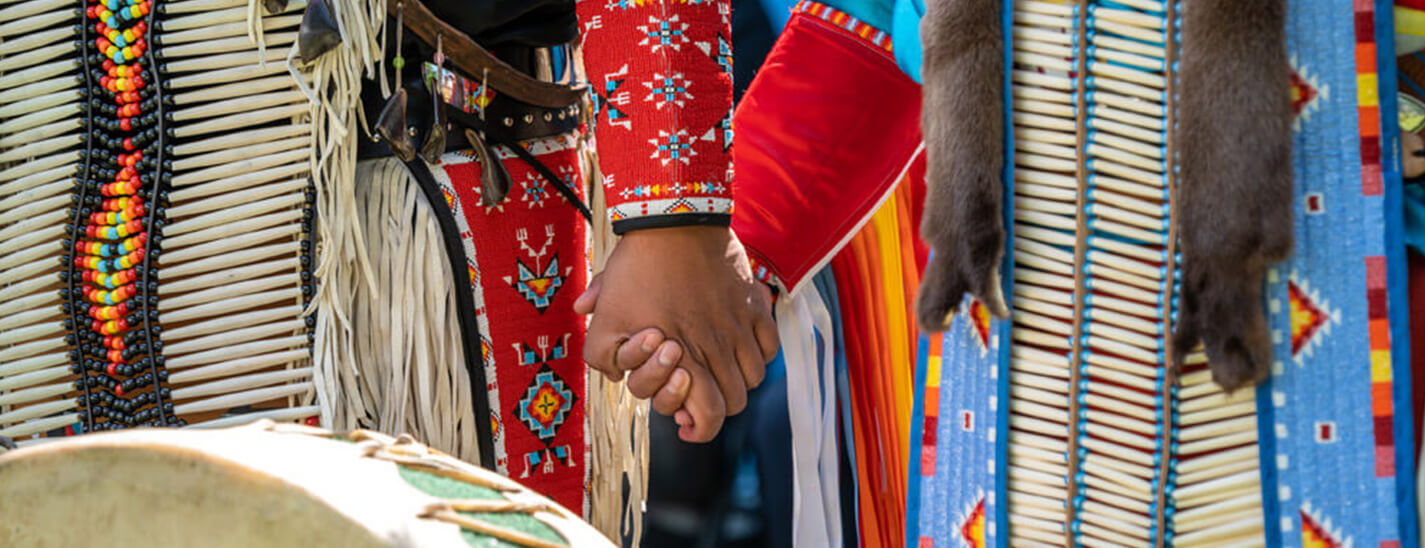
First Peoples
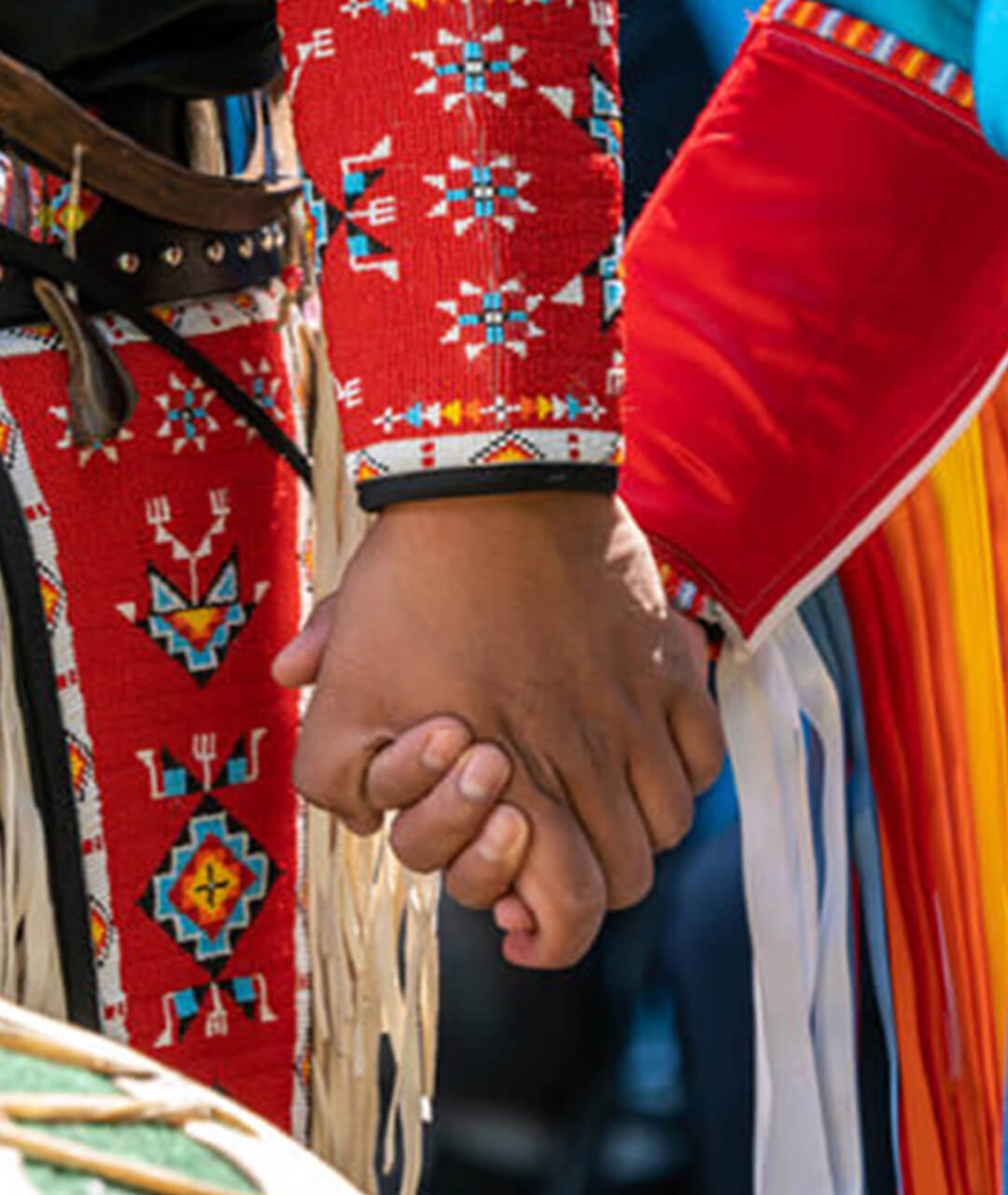
First Peoples
DID YOU KNOW...
The Descendants of the Original People of Maryland Are Still Here?
DID YOU KNOW...
The Descendants of the Original People of Maryland Are Still Here?
Native peoples encountered by European settlers included bands of the Piscataway. The Piscataway Conoy Tribe and the Piscataway Indian Nation are still a vital part of the Southern Maryland community, recognized by the State of Maryland, and holding events throughout the year!
Fossil records and archeological traces, dating as far back as 10,000 B.C. provide evidence of the Paleo-Indian, the Early, Middle and Late Archaic periods of human occupation in Southern Maryland. The Piscataway tribes that occupied the region during European contact suffered displacement as colonization progressed throughout the 1600s.
Piscataway means “The people where the rivers blend.”
The Piscataway were a Confederacy of Tribes under the premier authority of the Tayac. The Confederacy extended between the western shore of the Chesapeake Bay to the watershed of the Potomac River in the area now known as Virginia, and all land from the southern tip of St. Mary’s County, Maryland, north to include Baltimore, Montgomery and Anne Arundel Counties, Maryland, to include Washington D.C.
The first documented European contact with the Piscataway occurred in 1608 by explorers John Smith and William Claiborne. First contact with the colonists occurred in 1634 with the arrival of the Ark and Dove, including interactions by Leonard Calvert and Jesuit priest, Father Andrew White.
Conflict began to grow when the English began encroaching on Piscataway villages. Colonial expansion led to the first established treaty in 1666 between Lord Baltimore, and the Tribal Leadership. A number of treaties followed, but all were eventually broken by the expansion of the settlers. The result was the loss of the Piscataway homeland. Yet through it all, the Piscataway persevered, and are here today. On January 9th, 2012, the Piscataway Conoy Tribe was officially recognized by the State of Maryland.
Native peoples encountered by European settlers included bands of the Piscataway. The Piscataway Conoy Tribe and the Piscataway Indian Nation are still a vital part of the Southern Maryland community, recognized by the State of Maryland, and holding events throughout the year!
Fossil records and archeological traces, dating as far back as 10,000 B.C. provide evidence of the Paleo-Indian, the Early, Middle and Late Archaic periods of human occupation in Southern Maryland. The Piscataway tribes that occupied the region during European contact suffered displacement as colonization progressed throughout the 1600s.
Piscataway means “The people where the rivers blend.”
The Piscataway were a Confederacy of Tribes under the premier authority of the Tayac. The Confederacy extended between the western shore of the Chesapeake Bay to the watershed of the Potomac River in the area now known as Virginia, and all land from the southern tip of St. Mary’s County, Maryland, north to include Baltimore, Montgomery and Anne Arundel Counties, Maryland, to include Washington D.C.
The first documented European contact with the Piscataway occurred in 1608 by explorers John Smith and William Claiborne. First contact with the colonists occurred in 1634 with the arrival of the Ark and Dove, including interactions by Leonard Calvert and Jesuit priest, Father Andrew White.
Conflict began to grow when the English began encroaching on Piscataway villages. Colonial expansion led to the first established treaty in 1666 between Lord Baltimore, and the Tribal Leadership. A number of treaties followed, but all were eventually broken by the expansion of the settlers. The result was the loss of the Piscataway homeland. Yet through it all, the Piscataway persevered, and are here today. On January 9th, 2012, the Piscataway Conoy Tribe was officially recognized by the State of Maryland.
The Piscataway Conoy homeland includes all of Southern Maryland, and there are a number of places that can be visited where archaeology has documented first peoples’ settlements.
The Piscataway Conoy homeland includes all of Southern Maryland, and there are a number of places that can be visited where archaeology has documented first peoples’ settlements.
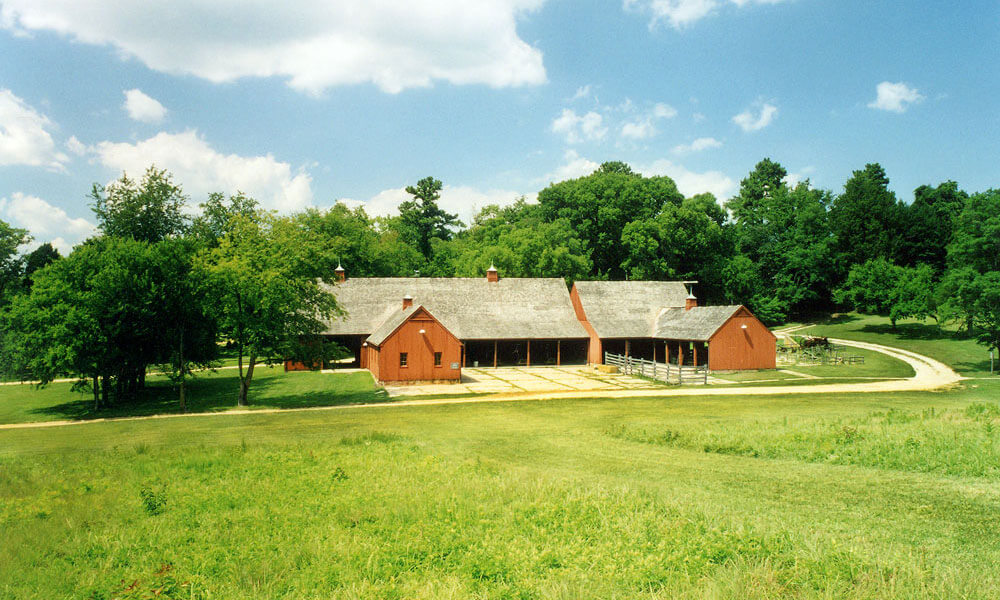
Jefferson Patterson Park & Museum is located on 560 scenic acres along the Patuxent River in Calvert County, Maryland, with more than 65 identified archaeological sites, and 9,000 years of documented human occupation. Jefferson Patterson Park & Museum is a place to hike miles of trails, explore the Visitor Center full of interactive exhibits, or to participate in educational programs and events. This park and museum is also the home of the Maryland Archaeological Conservation Laboratory (MAC Lab), which houses over 8 million artifacts.
There is also a reconstructed Woodland Indian Village on the site. The Woodland Indian Village, created in 2007, is a representation of what native life would have been like over 400 years ago when John Smith first visited. Though the American Indians had no metal tools, they were able to create amazing structures and produced a rich and complex culture. This hands-on exhibit allows visitors to immerse themselves in an environment from another time.
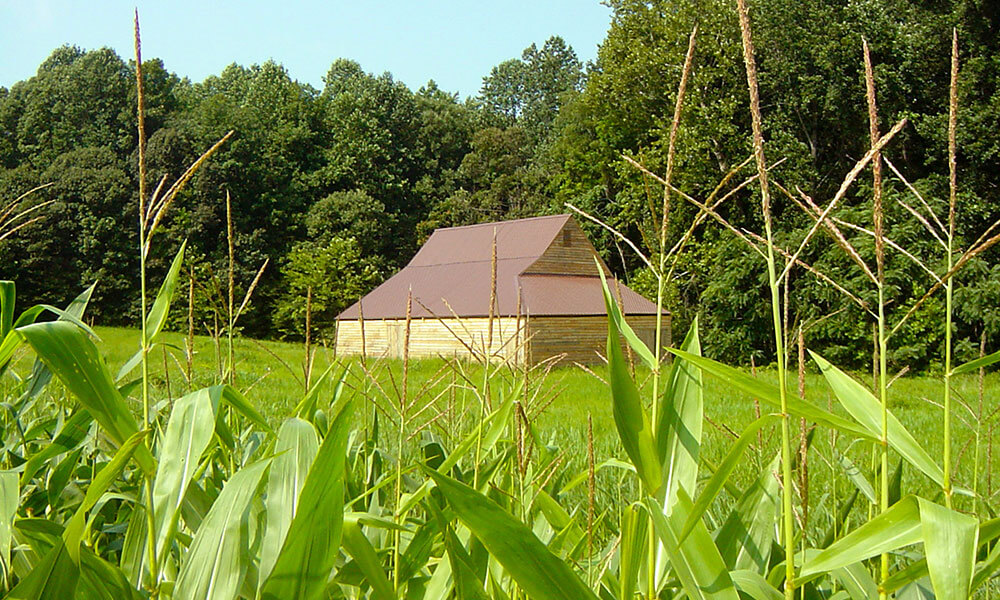
The Biscoe Gray Heritage Farm, a site rich in natural and cultural resources, is a living laboratory to explore, understand, and experience Southern Maryland agricultural practices and lifestyles throughout its history—from Native American settlement, small scale colonial farming, 1800’s era agriculture and 20th century tobacco farming to contemporary community supported agricultural and sustainable farming efforts.
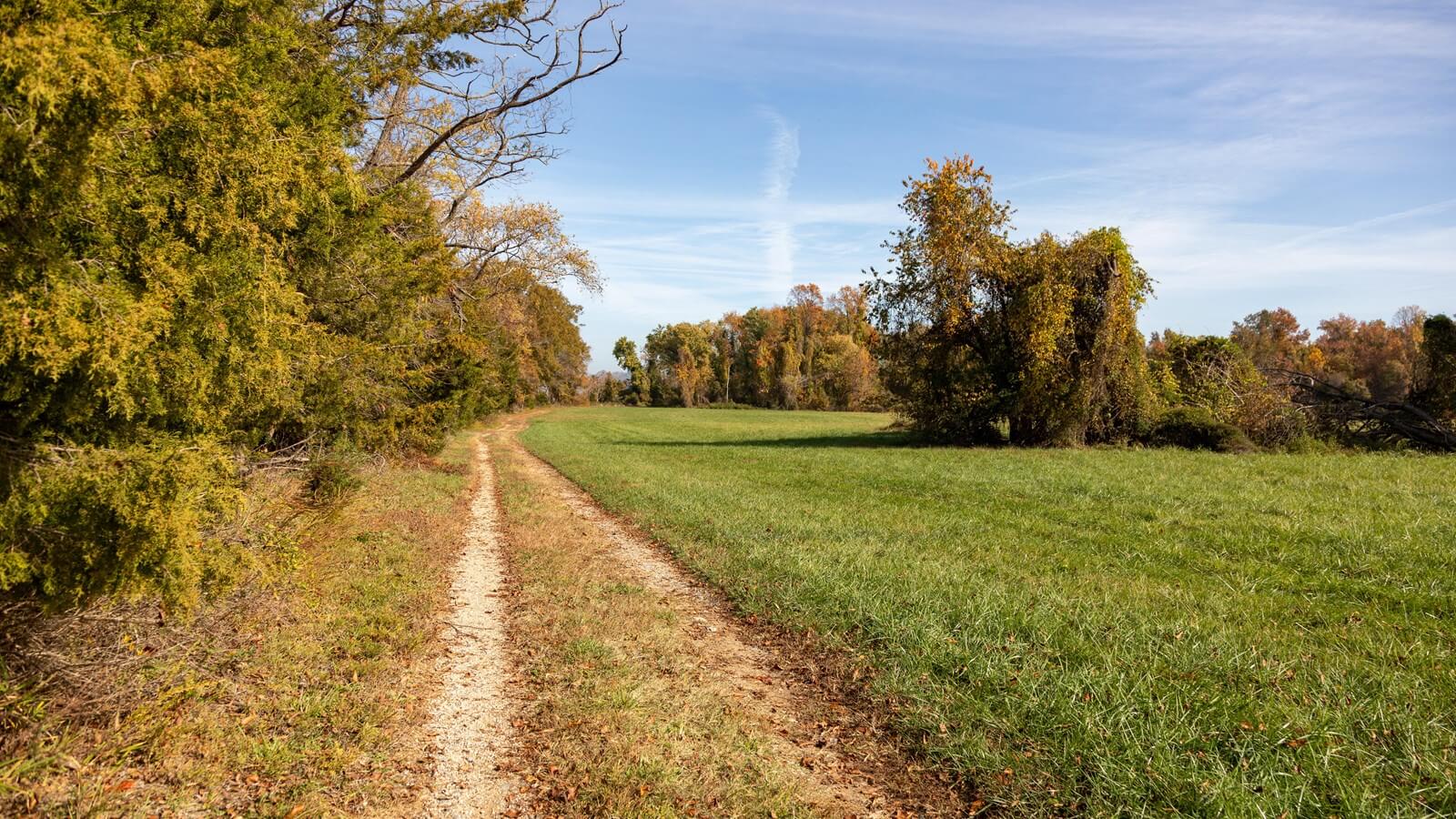
The Accokeek Foundation is located in Piscataway Park, within the traditional ancestral homelands of Piscataway People both past and present. A partner of the National Park Service, the Foundation stewards 200 acres of park while honoring the indigenous people and values that shaped this land.
This beautiful landscape is also the traditional capital of the Piscataway people. It was known as the Moyaone.
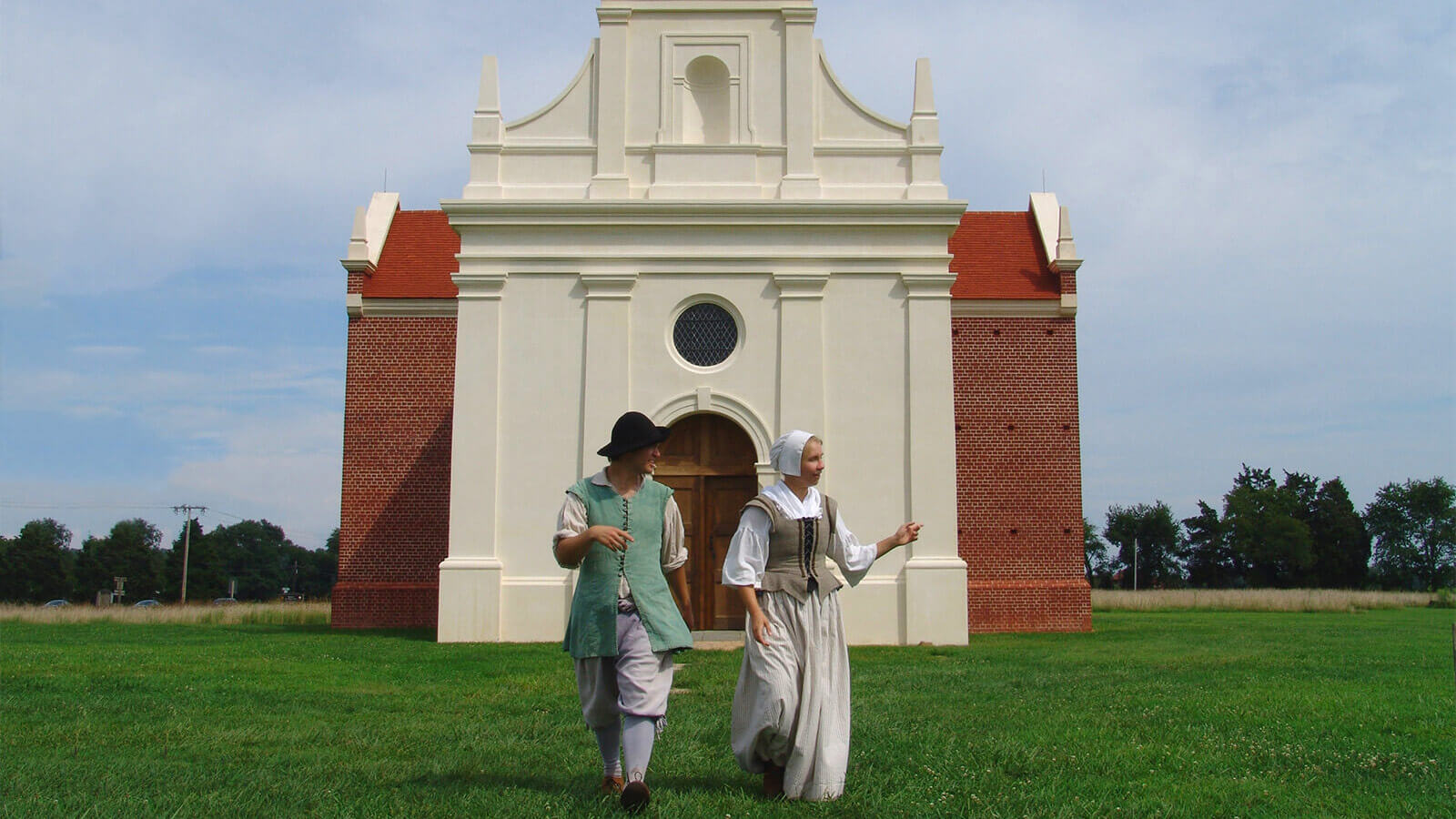
Historic St. Mary’s City is one of the premier historic sites in America, a museum of living history and archaeology telling diverse stories on the site of Maryland’s first capital in beautiful, tidewater Southern Maryland.
Historic St. Mary’s City (HSMC) has been recognized as a National Historic Landmark since 1969 and is one of Southern Maryland’s leading tourism attractions.
Today, HSMC is dedicated to studying and interpreting the lives of those who dwelled in the area that is currently known as St. Mary’s City. This includes the ancestors of contemporary Indigenous people, including the Piscataway Indian Nation and Piscataway Conoy Tribe, who recognized the region’s unique environmental advantages and lived here for thousands of years.
Through Piscataway Eyes Master Plan
Through Piscataway Eyes Master Plan
For thousands of years, Indigenous people called “Piscataway” have lived in Southern Maryland. Today, thousands of Piscataway still live in Southern Maryland, the descendants of the People whose Homeland is now shared with many thousands of others. Modern Piscataway have kept their culture alive, passing their history and tribal customs on to their children through the generations. The Piscataway People remain a vibrant part of Maryland and the Mid-Atlantic region.
The Through Piscataway Eyes Master Plan is an effort to preserve and protect Piscataway culture and land for the purposes of discovery and education about the Piscataway people.
From the opening remarks of Francis Gray, Tribal Chair or the Piscataway Conoy Tribe at the inaugural meeting of the Through Piscataway Eyes Partners, May 6, 2016:
“Though we the Piscataway People are excited about this opportunity, we have grown weary of the general public’s surprising lack of knowledge about who we were and who we are. Now, we have an opportunity to change that state of affairs―to tell our story through the eyes of the Piscataway and not from another’s opinion of us―to interface with the archaeology communities as well as other sciences of the world―to speak of our ways, life, purpose, and tribal structure that forged the alliance of the different communities of the Piscataway People―to go back in time and speak on different time lines, cycles, and events that permit us the Piscataway People to be here today at this forum―to again let it be known, ‘WE ARE STILL HERE!'”
*Shared with permission of the Piscataway Conoy Tribe
